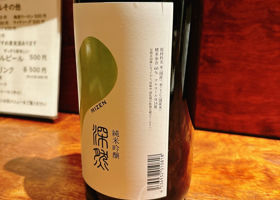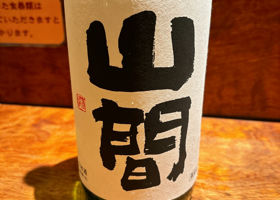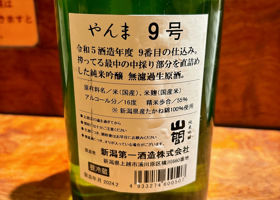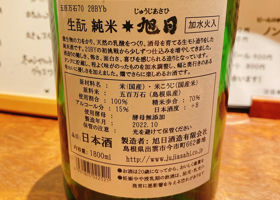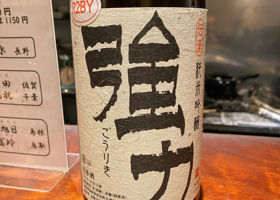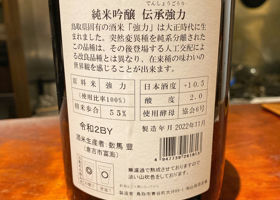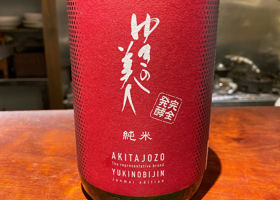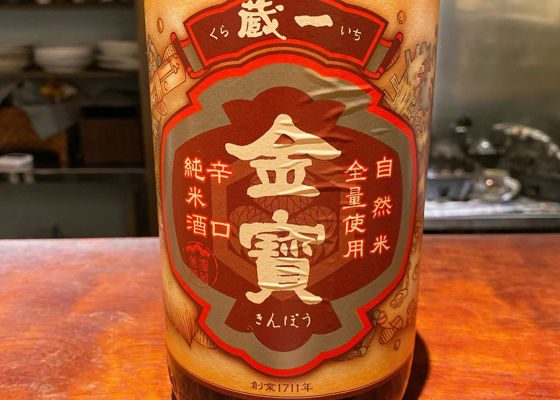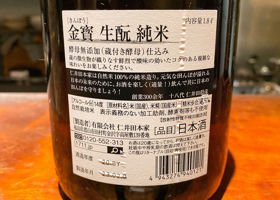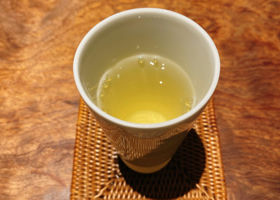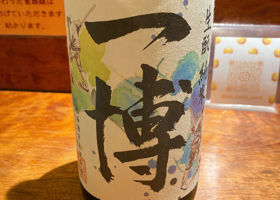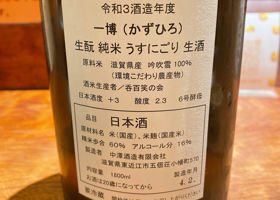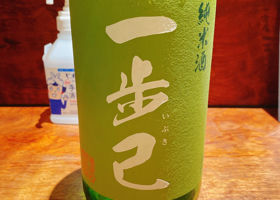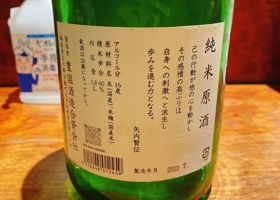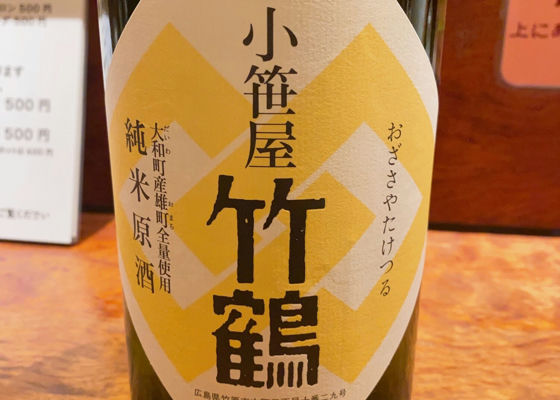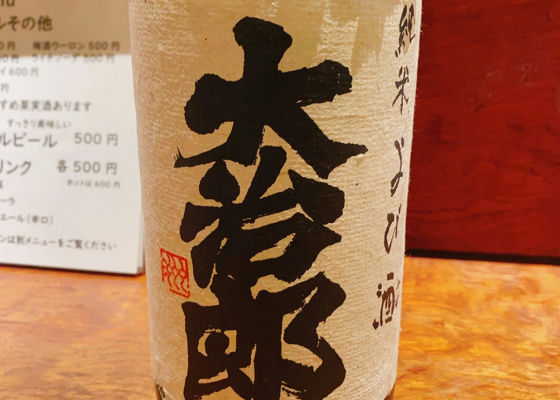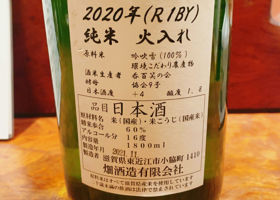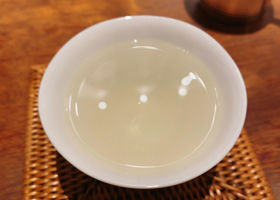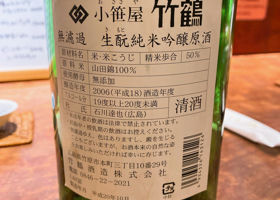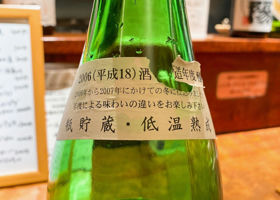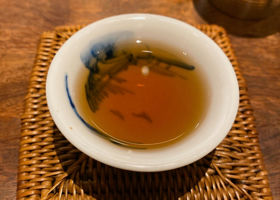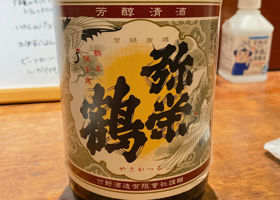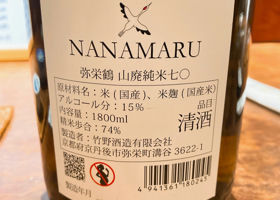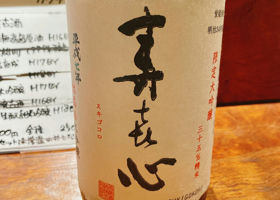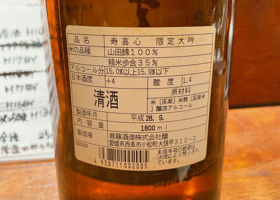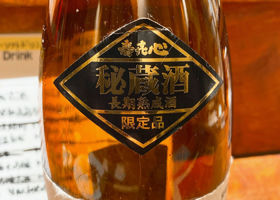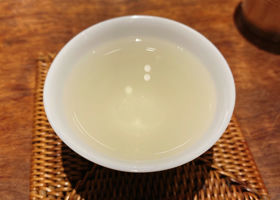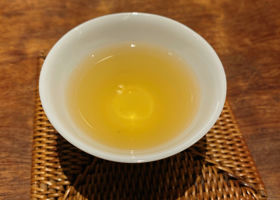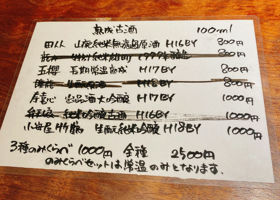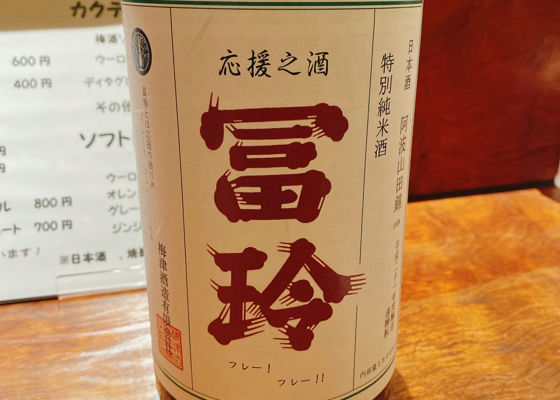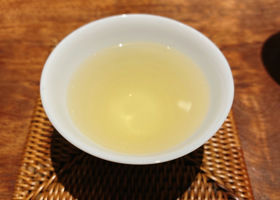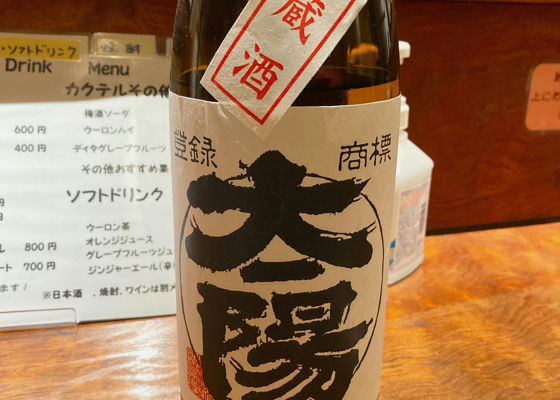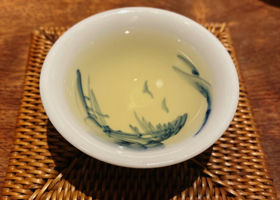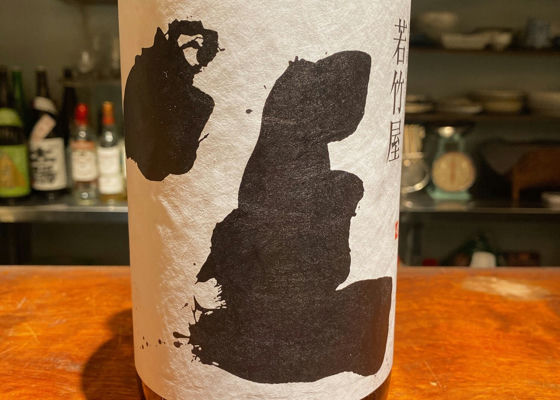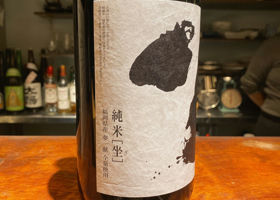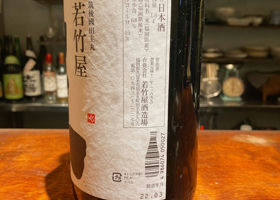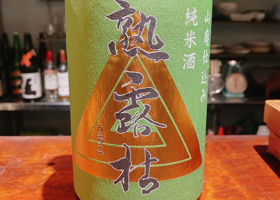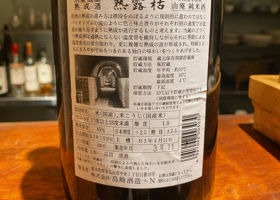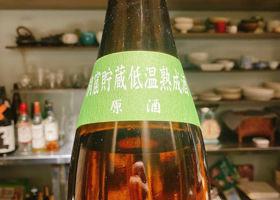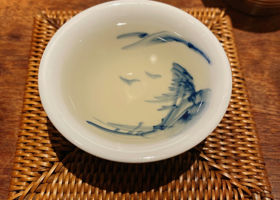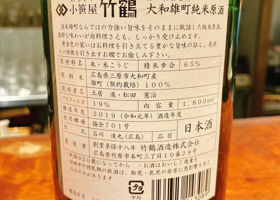Timeline
やす☆First deep nishoku. It has a light sweetness like peach and muscat while being refreshing. It is not like Niigata sake either. やす☆First time in the mountains. Fresh and light, with a melon-like sweetness and flavor. It has a modern taste, not too much like Niigata sake. やす☆H28BY at 60°C warmed.
It has a good firm umami with a chocolate-like sweetness. It has a good firm umami with a sweetness like chocolate, and it finishes with an acidity that is typical of the sake's sake yeast. やす☆R2BY was served warm at 55°C.
The 55% polished sake has a gentle flavor with a soft matured feel and a nice crispness. It is a highly polished and matured sake, so it can be enjoyed at a wide range of temperatures. やす☆At room temperature.
Petite fresh acidity on the palate. It has a clear, light flavor that is crisp and clean. The overall taste is crisp and refreshing. やす☆The first KINHO, 2020BY, was served cold.
The color was yellowish. There is not much aroma. The moderate acidity of the sake's traditional sake yeast yeast yeast is impressive. It has a sense of maturity, but it is moderate and easy to drink even when served cold. やす☆The first Ichihaku was R3BY, with a hint of freshness. The moderate firmness is typical of Shiga sake. やす☆Clear and clear, with a light flavor. やす☆2018BY. amber in color. Warmed up, it has a caramel-like sweetness and soft umami, with good sharpness. I like the excellent balance typical of Taketsuru. やす☆Re-drank on 10/28. Impression unchanged. やす☆The first Ojiro was R1BY, slightly yellow in color. Warmed to lukewarm, it has a subtle soft umami and a sharp taste. The taste is typical of Shiga sake. やす☆Re-tasted on 10/28. Impression remained the same except for a slight sense of aging. やす☆2006BY was served warm. Brown in color. The sharpness with caramel-like sweetness and smokiness is irresistible. やす☆Classic labeled Yaetsuru, served warm. The color is clear and colorless.
It has a soft flavor at a lukewarm temperature. It has a sharpness, but the taste is generally gentle. Easy to drink, with no aged or peculiar taste. The reverse order of Asahi Kiku would have been better. やす☆H30BY was served warm. The color is clear and colorless despite its maturity.
It has a soft umami that is typical of a warmed sake, but it also has a crisp, clean feel. Slightly smoky matured taste, but not too strong. やす☆According to the menu, this one is also H17BY. It was also served warm.
Slightly yellow in color, it has a sweet and umami taste with an elegant and soft matured feel from the 35% polished rice. やす☆The store's menu (4th photo) says H17BY, but the production date is written in western calendar, so it may be 2017BY.
The color is orange. It has a mildly matured taste with a hint of sweetness when served cold. When heated, it has a soft caramelized taste that is irresistible. やす☆H21BY was heated to 60°C. The color was pale amber. The color is pale amber.
It has a mild and soft matured taste with a hint of smokiness and a good sharpness. やす☆Tasted again on 12/27, warmed at 60℃, it has a burnt taste typical of old sake. It has a soft taste with sweetness. やす☆Warmed. The color is a beautiful golden brown.
It has a characteristic glossy flavor with a sweetness reminiscent of Shaoxing sake. There is a slight smokiness in the aftertaste. やす☆Re-drank at Antique on 6/24. Pale yellow in color. Warmed up, it has a mild umami and a slight burnt taste with a good sharpness. やす☆The first Wakatakeya.
It has a clear and moderate umami, and finishes with a hint of acidity. It is good as a food sake.
I didn't get the impression that it would expand when heated, so I served it at room temperature. やす☆The first R1BY was served lukewarm. The color is slightly yellow.
It has a mild umami and sharpness, and I have the impression that lukewarm warming will be good for it. It is easy to drink with little sense of maturity, but when it is warmed up, the sense of maturity comes out a little more. やす☆2019BY in warmer temperature. Golden in color.
Warming opens up the glossy, candy-like sweetness, and the robust umami typical of Taketsuru is firm. やす☆Re-drank at Antique, 6/24. Tea-like color. It has a robust flavor with a bit of sweetness, and the sharpness is not bad. Stable taste. RecommendedContentsSectionView.title

